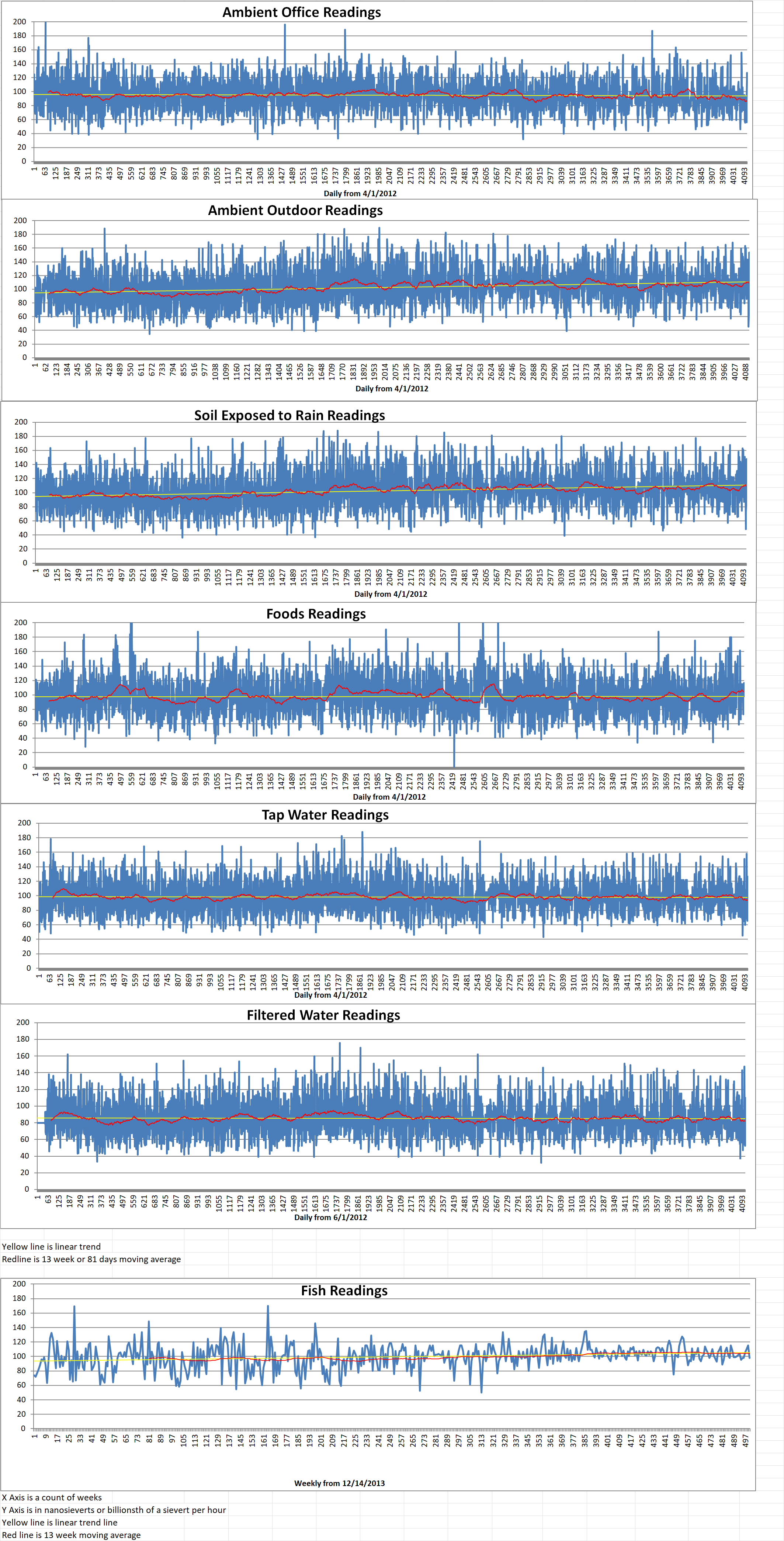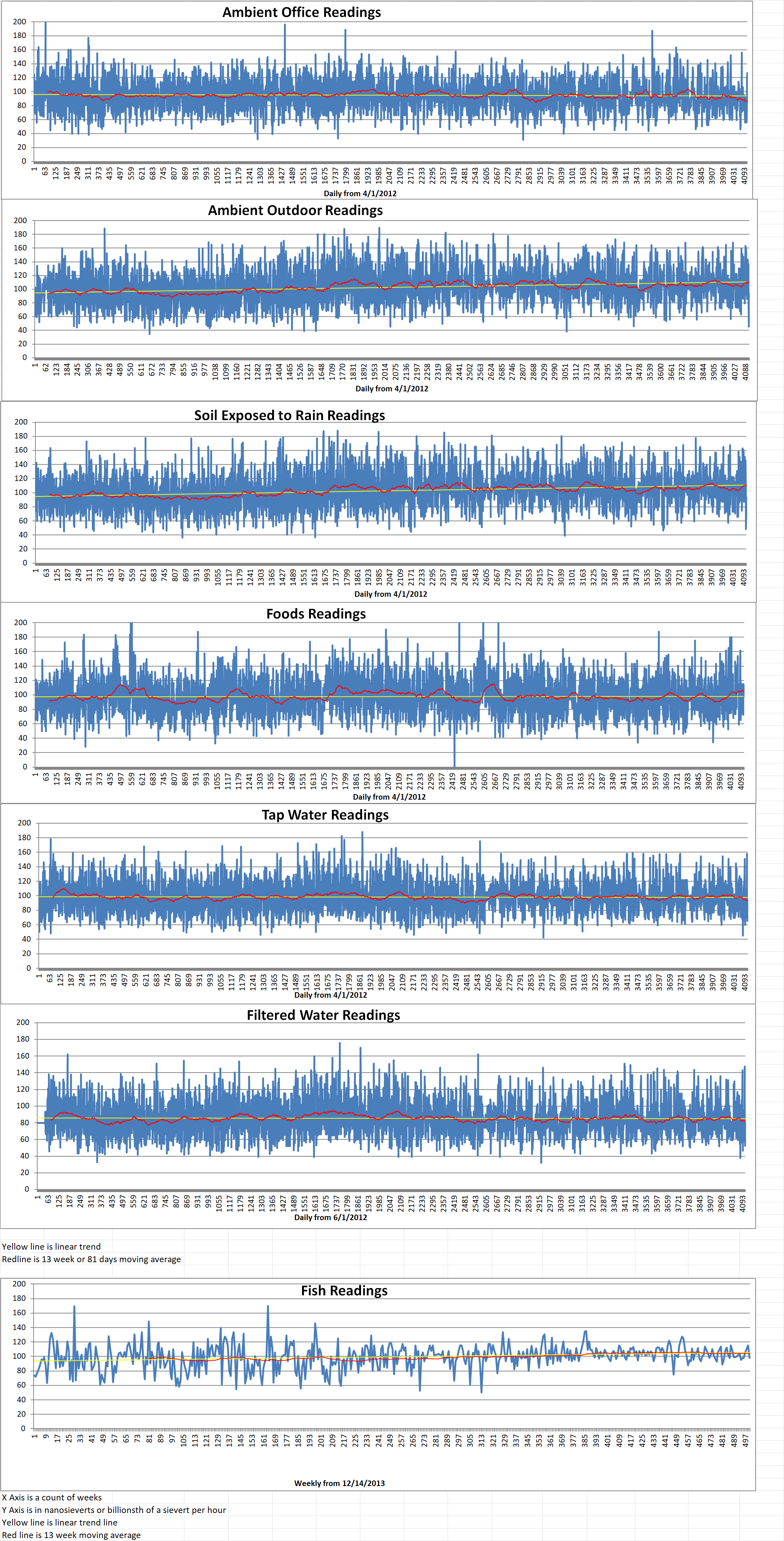The Estonian National Working Group on Nuclear Energy (NEPIO) recommends the construction of a nuclear power plant in Estonia, as the introduction of nuclear energy would contribute to Estonia’s climate objectives, security of energy supply and stability of the energy system. The NEPIO’s final report found that nuclear energy will boost Estonia’s renewable energy.
Although it requires thorough preparation, the NEPIO believes that with timely planning, sufficient funding, political and public support, the introduction of nuclear energy in Estonia is feasible, the press service of the Climate Ministry said.
Over the past two and a half years, the NEPIO has been analyzing the potential of small modular reactors (SMRs), following the International Atomic Energy Agency’s (IAEA) roadmap for the development of national nuclear infrastructure, which identifies 19 key issues for the deployment of nuclear energy.
Antti Tooming is the deputy undersecretary of the Ministry of Climate and head of the NEPIO. He said that nuclear energy has proven its worth in many countries around the world. He added that “Nuclear energy has the potential to ensure a stable energy supply in Estonia for future generations.”
Tooming said that global interest in nuclear energy, especially SMRs is growing. He emphasized that if the state chooses nuclear power, it must not delay emission reductions or reduce renewable energy generation and storage capacity.
Without prior experience, introducing nuclear power to a country takes years of preparation and 9-11 years before it can be added to the grid. Estonia should begin to prepare the legislative framework, acquire capabilities, and begin siting if nuclear power is chosen.
A country without experience in the use of nuclear power must prepare for years of work before starting to generate electricity from a nuclear facility. If Estonia decides to go with nuclear power, it should begin legal preparation and competency development. A new national nuclear authority must be established in order to regulate nuclear energy safety which will need to employ a total of about 80 personnel.
The climate and radiation department of the Environmental Board will be absorbed into the new agency. It will have to hire more than 60 additional personnel, including several dozen nuclear specialists, some of whom would have to come from abroad, at least during the initial transition period.
As the private sector finances the construction of a nuclear power plant, the state’s role is to create a framework that allows the use of nuclear energy. The total cost of the framework from the implementation of the nuclear program to the start of electricity generation, i.e. over a period of 9-11 years, would be in the order of 80 million dollars.
There will also be additional costs related to creating emergency response capabilities, the precise amount of which will be determined later. Implementing nuclear energy would also generate additional revenue for the state. This will most notably be in the form of increased revenue from taxes and economic stimulus, which would outweigh the expenses of establishing and maintaining the national framework. SMRs with a capacity of fewer than 400 megavolt amperes would be suitable in Estonia, according to the final evaluation.
The government and the Riigikogu will discuss whether or not to launch a nuclear power program in the first months of 2024. The final report of the NEPIO was published on the website of the Ministry of Climate on December 30 at 10 a.m.






